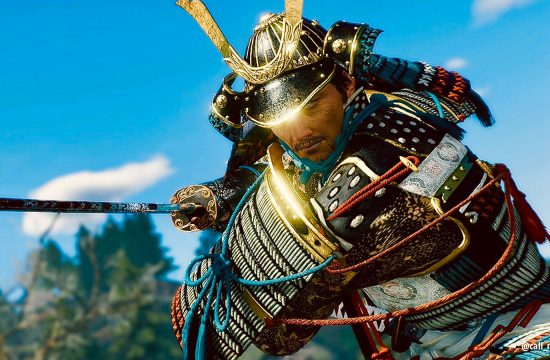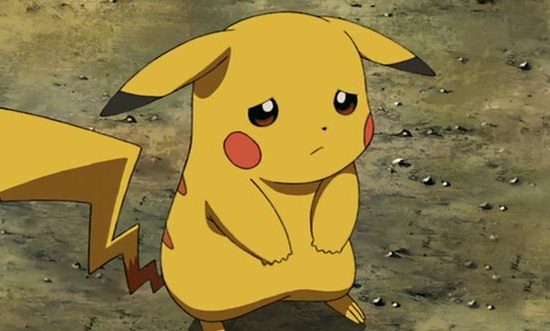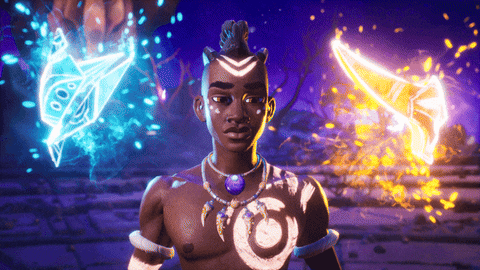Update: Now includes Claymates, Jelly Boy and Bombuzal, which are the most recent arrivals on Nintendo Switch Online’s SNES app.
Remember, this list evolves as users rate the games within, so head to the game profiles and rate them out of 10 if you’d like to see the rankings below alter. All of the above additions are brand new entries in our database, so get rating if you feel they don’t deserve to be at the bottom of the list!
The library of SNES games available on Switch as part of the Nintendo Switch Online subscription service is steadily approaching 50 titles, and while it may have a way to go to match the number of NES games on the service, there are plenty of Super NES gems to enjoy on Switch.
But which of the SNES offerings are the best? Well, we asked Nintendo Life readers to rate the available SNES games on Switch, too, using our User Rating system. The time has come to reveal the results!
The following list is compiled using the ratings (out of 10) given to each game in our database. It should be noted, however, that this list is not set in stone and will automatically change over time, reflecting the changing ratings (and new additions to the NSO library). If you look below and see a game you think deserves to be higher up, click on the ‘Profile’ button and score it yourself – your personal rating could boost its placement in the overall ranking.
So, sit back and enjoy the best SNES games available on Nintendo Switch Online…
Published by Ocean Software — the company with the Best Logo Ever™ — Jelly Boy is a platformer with a gelatinous protagonist who can transform into a variety of shapes, sized and materials. Using said skills, you’re charged with getting little JB out of the candy factory he’s trapped in.
A lesser-known title in North America thanks to the fact is only saw release in Europe (and relatively late into the Super Nintendo’s life, too), Jelly Boy is worth investigating if you’re a sucker for 16-bit platformers.


Publisher: Interplay / Developer: Visual Concepts
20th Nov 1993 (UK/EU)
From Interplay’s clay-mation stable that included the ClayFighter series, Claymates’ relation to those fighters should give you an idea of the tone of this 16-bit platformer. Playing as Clayton, son of Professor Putty, you’re transformed into various animals as you attempt to rescue your Prof Padre from a witch doctor called Jobo.
Definitely sounds like an early-’90s platformer from the premise, then — the cheeky console wars reference to “Blaze-processing” (a nod to the Genesis’ infamous ‘Blast-processing’) on the cover sets the tone, too. Not a stone-cold classic in the platforming pantheon, but a fun one all the same.
A fun puzzler that sees you manually setting off bombs across an isometric grid without getting caught in the inevitable blast(s). Clearing the bombfield (well, they’re not mines, are they?) is easier said than done as you’re up against not only various environmental complications, but also a timer.
If the name Bombuzal has you bamboozled, that might be because it was renamed Ka-Blooey in North America.
Doomsday Warrior is largely junk, with a few redeeming elements. The character roster is pretty dumb, but it is interesting to play as characters that would probably be considered villains in other games. There aren’t many backgrounds, but some of them are pretty cool, like stages consisting of floating coloured tiles, or a stage on a rooftop that seems tilted on its side, seeming to defy gravity. Overall, it’s about what you’d expect from Telenet; some neat ideas, tossed into a game that passes the bare minimum level of playability, all to exploit a hungry market.
Psycho Dream’s stature in the world of retro gaming is perhaps artificially enhanced by the fact that we almost got it in the west back in the day, under the name Dream Probe. As such, it’s one of those obscure Japanese games which has cult standing because western magazines actually reviewed it ahead of its cancellation. However, unlike titles such as Dracula X: Rondo of Blood and DoReMi Fantasy: Milon’s DokiDoki Adventure – both of which are import titles which saw western release on the Wii – Psycho Dream isn’t quite the classic that some would have you believe. It’s still worth a play for purely historical reasons (and, as it’s on Nintendo Switch Online, it’s not like it will cost you extra to experience it), but just go in with expectations low; you might then enjoy its quirkiness.
Despite having all the right ingredients, Jaleco’s Brawl Brothers fails to serve up a tasty slice of beat ’em up action. It’s not the worst game in the world at all, it just underwhelms in practically every area. With unsatisfying controls and bland design, it’s a tough recommendation for anyone except, perhaps, genre completionists.


Publisher: Human Entertainment / Developer: Human Entertainment
4th Jun 1992 (UK/EU)
A port of Human’s Super Formation Soccer, Super Soccer puts the camera behind the goal and follows you up and down the pitch, showing off the console’s fancy sprite-scaling Mode 7 effects in the process. It’s not a bad game, but running towards the screen feels a little awkward and there are better 16-bit soccer titles out there.
In multiplayer, Natsume Championship Wrestling is a passably diverting game, but in the pantheon of wrestling titles, it’s not one of the all-time greats. Wrestling fans may find something to like, but you’d do well to avoid playing this one alone – CPU opponents are boringly predictable and things get dull fast.
An action platformer and last of the Valis series to release in the West, Super Valis IV is a heavily altered port of Telenet Japan’s PC Engine game which went without the ‘Super’ in its title. You control Lena, a warrior who uses the eponymous sword to give evil-doers a good hiding. It’s not bad but the PC Engine version is superior.
Also known as Operation Logic Bomb: The Ultimate Search & Destroy, Jaleco’s sequel to the Fortified Zone titles on the Game Boy is a decent top-down romp that sees you gunning down enemies with a variety of futuristic weaponry. It’s pretty short and certainly not complex, but if you’re in the market for a solid blast of Smash TV-style 16-bit gameplay, you could do a lot worse. With expectations set sufficiently low, this could be provide a surprisingly fun hour or two.
Mediocre. Is there a more damning adjective in the English language? It’s the perfect word to describe Super E.D.F., though. This Jaleco shooter doesn’t do wrong enough to elicit strong negative emotions, but its uninspiring presentation and mechanics do almost nothing to get your adrenaline pumping, either. Much like Brawl Brothers, it’s not offensive, just unimaginative. Very… mediocre.
A surprisingly solid fighter in the Street Fighter II mould, perhaps Tuff E Nuff‘s biggest issue is that it’s not Street Fighter II. Then again, perhaps its biggest issue is an awful western name (it’s known as Dead Dance in Japan), or its ghastly North American box art. We think — we think — this game might have been made in the early ’90s.





























